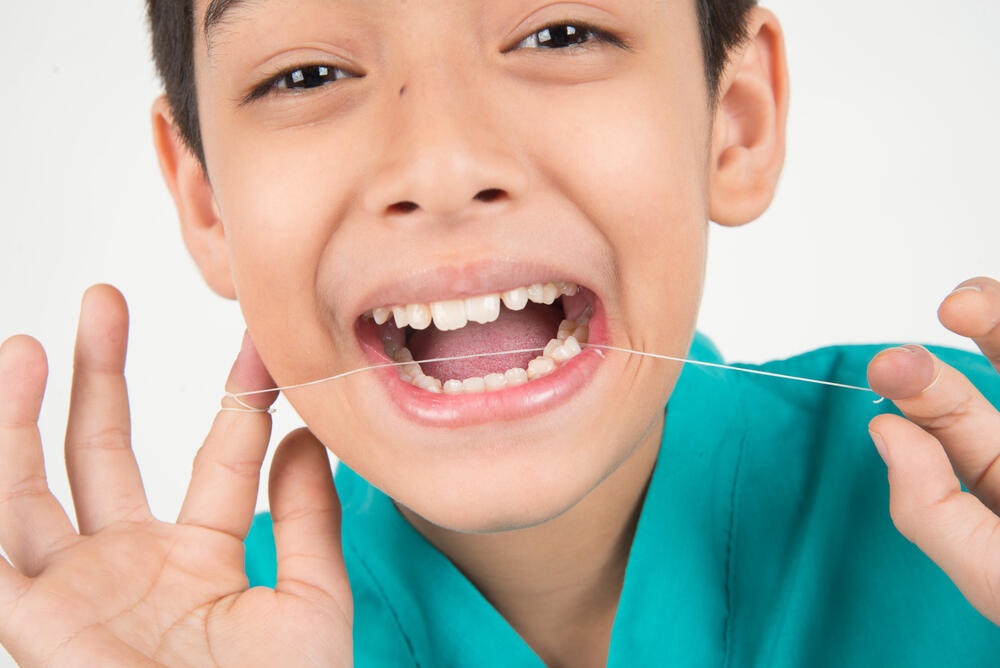Flossing regularly offers many benefits. On the other hand, toothache after flushing can be a big problem. Most of us have a laid-back attitude when painting a picture about ourselves. Some people, though, suffer from flare-ups. “Why do my gums hurt when I floss?” It is the most common question asked. As a result, the purpose of this article is to explain what causes this discomfort and how you can find relief. Pediatric Dentistry Indianapolis IN, explaining some reasons toothache occurred after flossing.
New At This
In life, the best explanations are often essential. And if flossing hurts your teeth, here’s a simple reason: You’re new to them all! Flossing, like brushing, requires practice. This method involves a lot of practice to complete. If you are a beginner, flashing too hard can cause pain and bleeding in your gums.
If you are new to flashing, they recommend going slowly and carefully. Ask your dentist about the correct flossing methods or find some “how-to” videos on YouTube. If you’ve been flossing for a long time and are still in trouble, you’re probably dealing with something else. Please keep reading to learn what it can be and how to fix it.
High Sensitivity
When it comes to toothache, everything is relative. For example, the pain you feel may not be as severe as you think. However, you may be experiencing this because your teeth are sensitive. Various causes can lead to tooth sensitivity (also called dentin hypersensitivity). Some people are genetically more sensitive than others. Other people suffer from allergies due to brushing and flossing their teeth too hard.
According to Children’s Dentist, Indianapolis, IN, tooth decay can occur when flossing or eating hot or cold drinks or food. Whichever method you use to expose the sensitivity, it is when too much of your tooth enamel is lost, exposing your nerves. An authorized dentist can help you solve this problem. You may want to use toothpaste and mouthwash specially formulated for sensitive teeth in the interim.
Tooth Decay
Have you ever considered the actual “purpose” of dental treatment? Your main goal is to get rid of the dangerous germs in your mouth. Cavities and infections are the results of germs accumulating in the mouth.
It can cause tooth decay in some parts of the mouth. Floating in certain areas is also likely to be painful. To make things worse, tooth decay often occurs in places where you floss (between teeth), so flossing with tooth decay will almost certainly hurt.
See your dentist soon if you think you may have a dental problem. They may be able to perform a thorough cleaning and other procedures to help fight decay and, as a result, eliminate the discomfort associated with flossing.
Gum Disease
When flossing causes tooth decay, you may be thinking to yourself, “What could be worse here?” The worst thing that can happen to you in this situation is that you get gum disease.
Gum disease is another name for gingivitis. If you have dental care and oral hygiene problems regularly, gum disease can develop. Lousy breath, swollen gums, and bleeding gums are some symptoms.
The bad news is that flashes can be painful if you have gum disease. The good news is that flossing is one of the most effective ways to remove plaque and tartar from your teeth and allow them to heal.
Do You Floss regularly?
This is the most common cause of pain after flashes. However, not everyone puts in as many times as they should. If you haven’t flossed in a while, plaque may form between your teeth, which can cause discomfort during flossing. This plaque is difficult to break, causing pain and bleeding. Is it possible to floss too much? It would help if you flossed at least once a day to reduce toothache after flossing.
Do You Get Sensitivity in Your Teeth After Flossing?
It is essential to brush your teeth regularly to maintain a healthy smile. However, if flossing causes sore gums or makes flossing painful, you may be using the wrong technique. Severe dental problems, such as tooth decay or gum disease, on the other hand, can lead to tooth sensitivity.
Your dentist may examine your teeth for oral health concerns. They may prescribe specific anesthetic toothpaste, fluoride-infected dental floss, or a crown.
Flossing with Fluoride
If the sensitivity is not too bad, use a sensitive toothpaste that contains fluoride and other minerals. The fluoride and other minerals in your toothpaste will help build and protect your teeth.
How To Correctly Floss
People who suffer from flashes during or after moments are usually inexperienced. When flushing, the most common causes of toothache are the wrong tools and procedures. After all, flossing is nothing more than a sharp thread between your teeth that cuts off sticky plaque and food particles.
According to Kids Dentist Indianapolis IN, some techniques for flossing correctly.
- Wrap around 18 inches of floss around both of your middle fingers.
- Tighten the floss between your thumbs and forefingers.
- After that, carefully place it between your teeth.
- Form a “C” shape with the floss on the tooth’s side and gently massage it up and down, keeping it firmly against the tooth.
- Floss behind the gum line as well, but do so lightly and carefully to minimize bleeding or injury to the gums.
Note
- Don’t snap or jerk the floss, since this might cause discomfort during flossing.
- Remember to floss between your back teeth.
- Avoid over-flossing sore gums if they pain.
Does Floss Have An Expiration Date?
The good news is that the answer is almost always “No.” There aren’t any substances in dental floss that might go bad. Instead, the main issue with using outdated dental floss is that it may be brittle or tear more easily. Flavored floss, on the other hand, might become flavorless and brittle with time.



